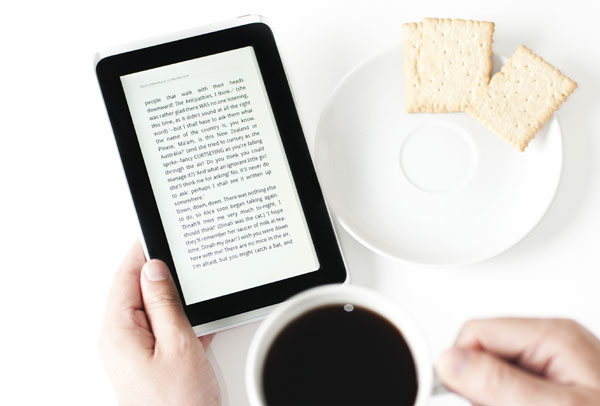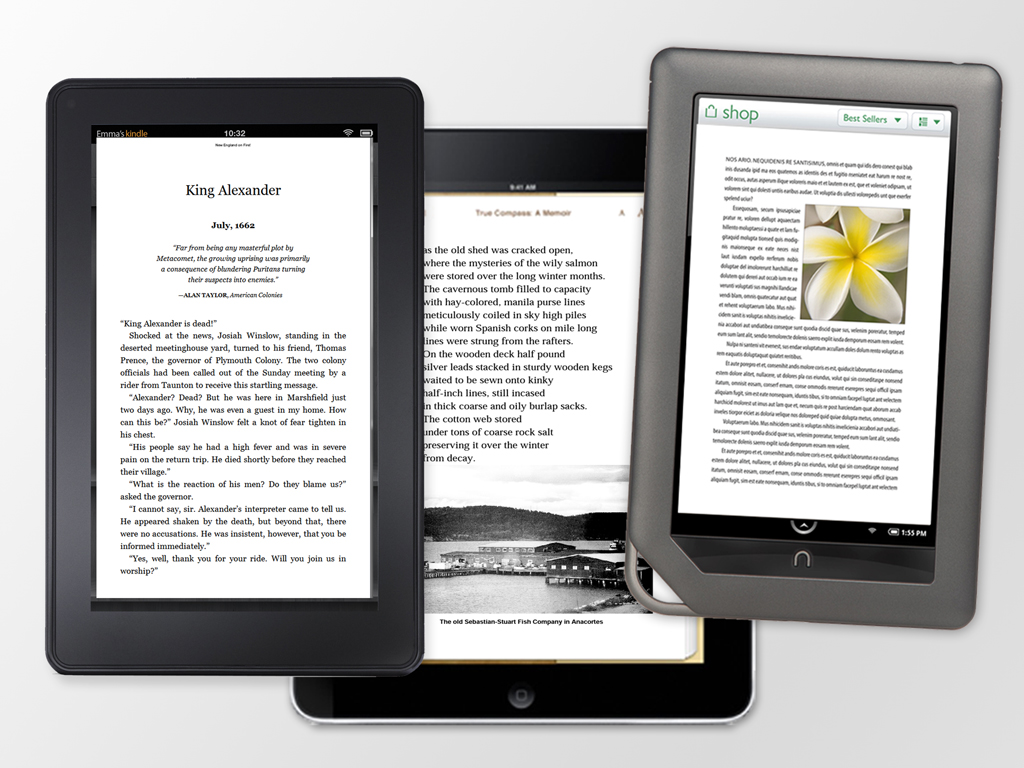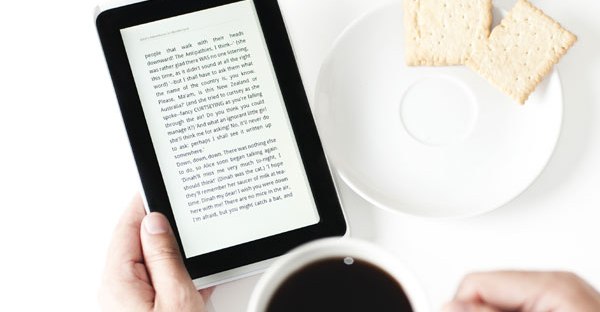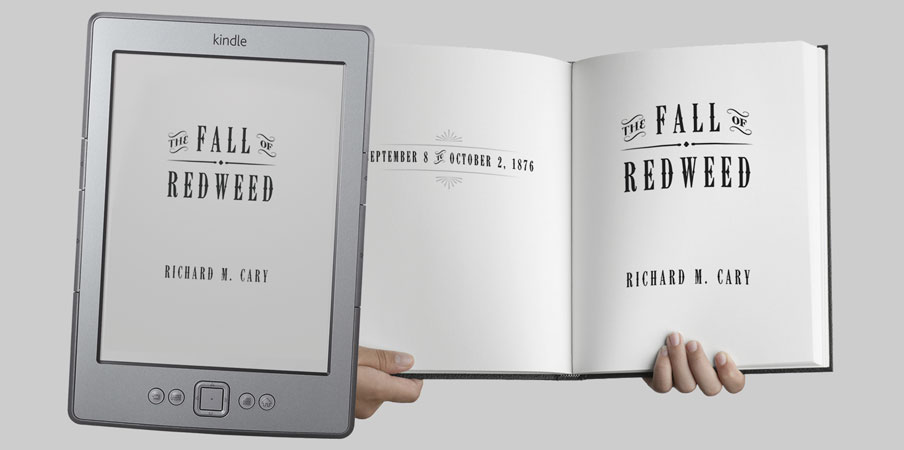Ever since their rise to popularity in the early 2010s, eBooks have dramatically changed the way we read, share and enjoy our favorite books. In 2018, e-book sales accounted for roughly a quarter of global book sales, further cementing their place in the growing market of readers.
While printed book sales continue to rise in 2018 and beyond, eBooks still play an important role in the marketing strategies of many self-published and indie authors. eBooks represent a nearly unlimited resource for authors, requiring no investment beyond the initial conversion cost. In other words, your eBook sales will always perfectly match your demand.

But what is an eBook, and what makes it different than a PDF?
A PDF (Portable Document Format) is a common file type that can be easily downloaded, shared and read across a wide range of computers and monitors. Most documents can be converted into PDFs using standard text editing programs, such as Word or InDesign.
However, PDFs lack many of the quality-of-life features of your standard eBook file. The two most common file types for eBooks are Mobi and ePub. Mobi files are required by Kindle and Amazon devices. ePub files are accepted by most other online booksellers, including Google Play and Barnes & Noble.
Both Mobi and ePub files are specifically designed to be read on an e-reader or tablet. As such, they’re equipped with some convenient features, including:
1. Linking
eBook files are an HTML-based format, meaning they may contain links within the text. This allows readers to quickly navigate between sections of the book, from the index to relevant pages, or out to separate websites. This is especially handy for textbooks and guides, which may contain reference notes.
2. Reflowable Text
eBooks text will “reflow” depending on the viewing window. This allows eBooks to be conveniently read on multiple devices and sizes, including tablets, phones and computers.
3. Pagination
With reflowable text, the total page count of your book will increase or decrease depending on the window size of your device. Publishers handle this differently; some embed pages to match the print or PDF version, and some leave them out entirely. As such, some eBooks will not display a page number and will instead allow users to jump directly to chapters using the Table of Contents.
In some instances, however, you will not want your page count to change, as in the case of some academic books with chapter or section citations. In these cases, PDFs are often the preferred format as they will lock in your total page count.

4. Accessibility
For impaired readers, eBooks give users the ability to modify the appearance of the content on their device, making them much more accessible than a PDF. Features, such as font style and font size, can be easily modified on the fly to meet the reader’s needs.
5. Zoom In/Out
Unlike PDFs, eBook files do not have a zoom in/out tool. Instead, users can customize the font size of their books using their device, and the text will automatically reflow to fill their screen.
6. Advanced Features
In addition to the above features, eBooks can incorporate many advance features, including:
- Video — embed a video that your reader can watch.
- Audio — enhance your message by including audio recordings in your content
- Gallery — your readers can swipe through an entire collection of images with captions instead of navigating through pages to find them.
- Read-aloud — make certain words, sentences, or paragraphs of an ebook read aloud to the reader. This can be useful when reading to children.
- Multi-column Layout — add visual appeal to your content with multiple columns.
- Pop-over — this feature enables the readers to access another window that contains additional information, data, or another image to give more context about the selected image with just a tap.
- Scrolling Sidebar — insert relevant information and topics into a scrolling sidebar so readers can view additional or explanatory material without ever leaving the page.
- Interactive Image — incorporate callouts and pan-and-zoom features to your images.
- Reviews — let the readers review their knowledge using different types of tests such as multiple choice, select correct image, label the image, or a mix of all three. Authors can include up to six possible answers to each question.
- 3D Images — instead of just seeing flat images on your ebook, your readers can interact with 3D objects by touch.
- Keynote Presentations — browse presentations with custom animations right inside your ebook. This feature includes controls for slide navigation as well as optional auto-play presentations.
What’s the difference between a “classic” and “fixed-layout” eBook?
A classic ePub or Mobi file has flowable text so it can be read on any device using the reader’s preference for font size and styles. There are no official pages because the text flows into each device differently, much like a web page. With this kind of eBook, the reader has more control over the reader experience. The classic-layout is less expensive than the fixed layout because less attention is paid to the look of the pages.
A classic ebook layout is ideal if:
- Your book is mostly text (such as a novel)
- Your book uses only small images that are embedded between paragraphs
A fixed-layout ebook does not reflow
because each page is locked in place, much like in the pages of a printed book. This type of eBook is ideal when pages rely heavily on images or formatting, such as with children’s books, cookbooks or books with detailed layouts. The reader has less control over his/her reading experience other than the ability to zoom in/out. Fixed-layout eBooks are more expensive than classic eBooks because they require extra attention during the conversion process to maintain the design.
A fixed-layout eBook is ideal if:
- You want to preserve the look of your pages
- You want your book to have a horizontal orientation
- You want multi-column text pages


